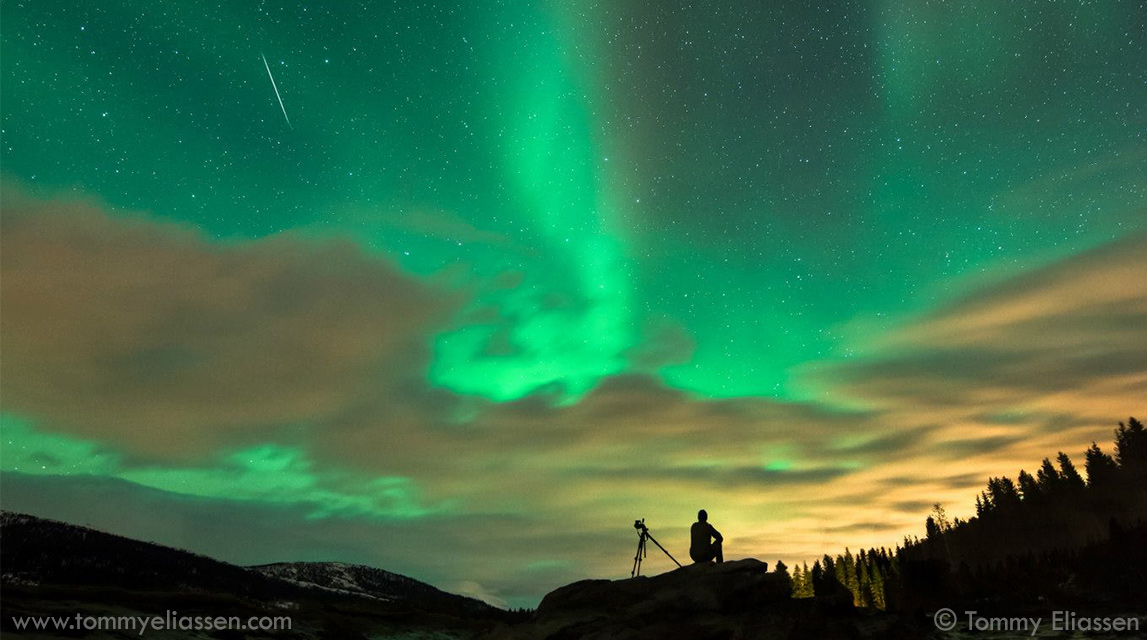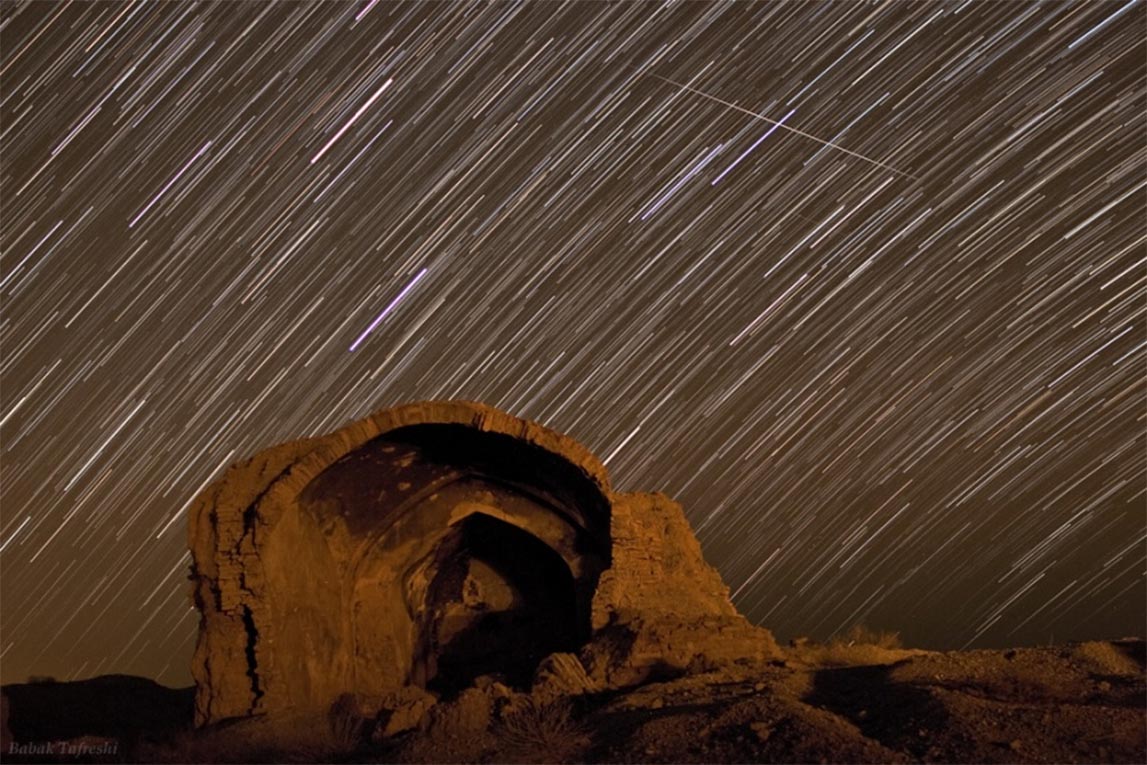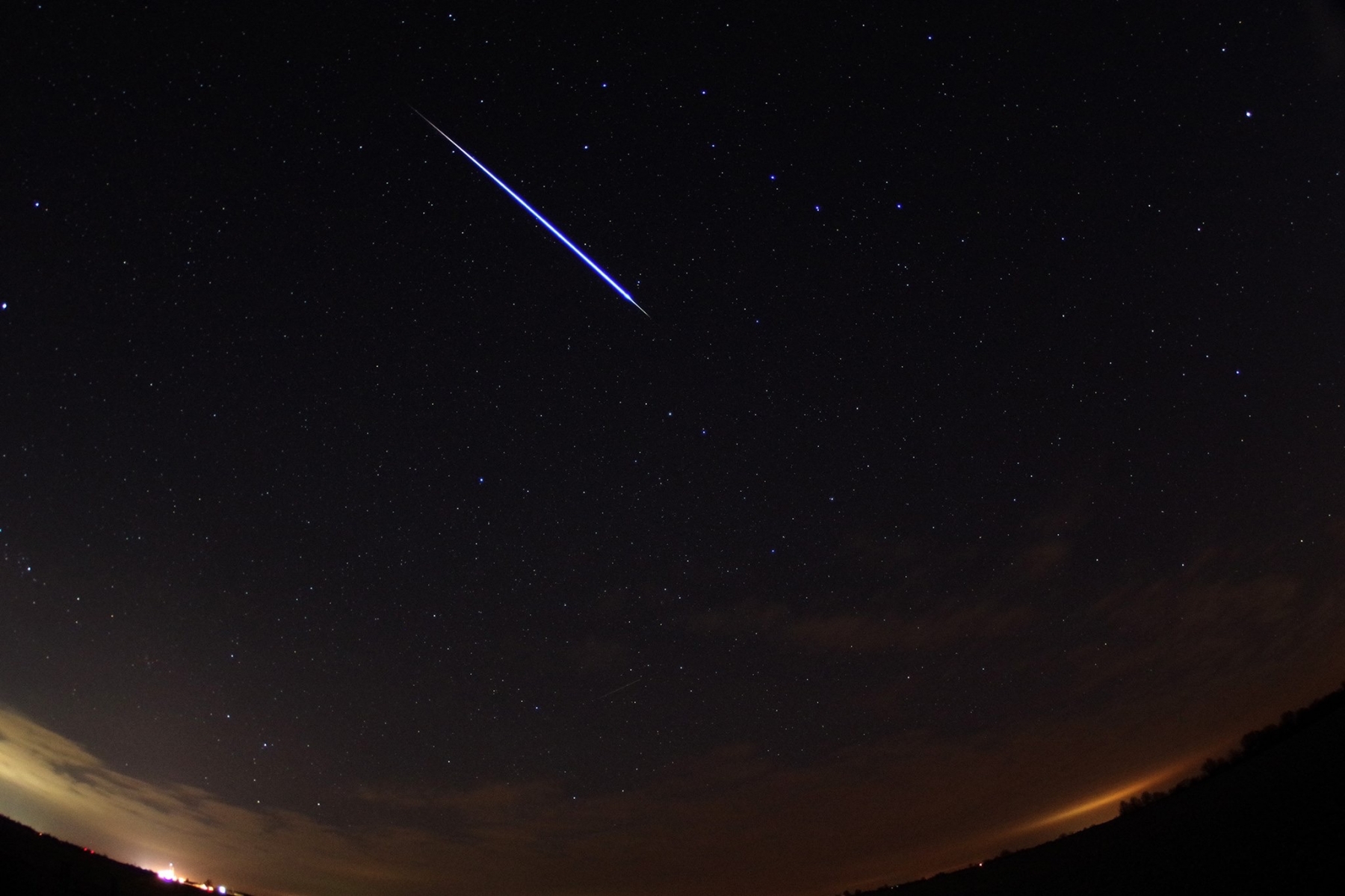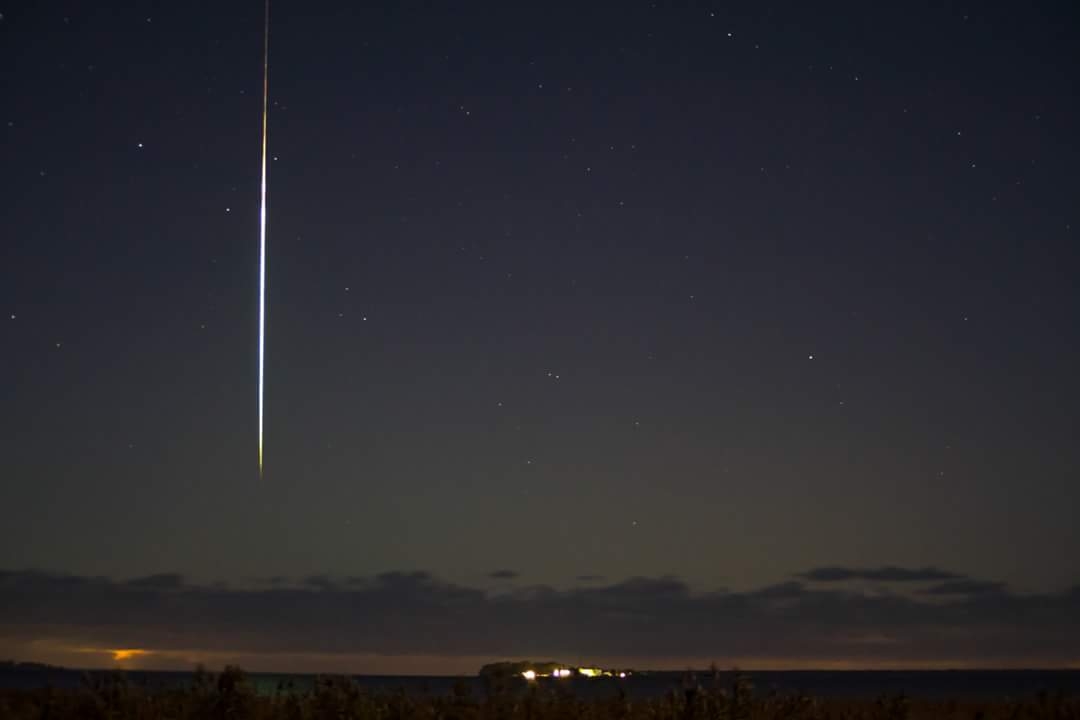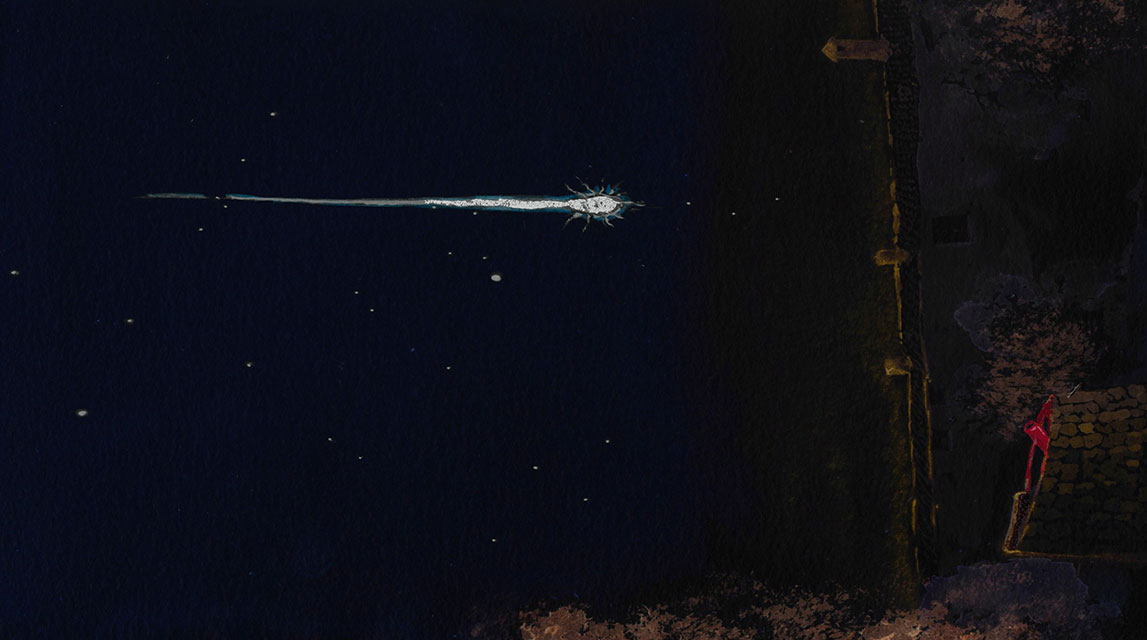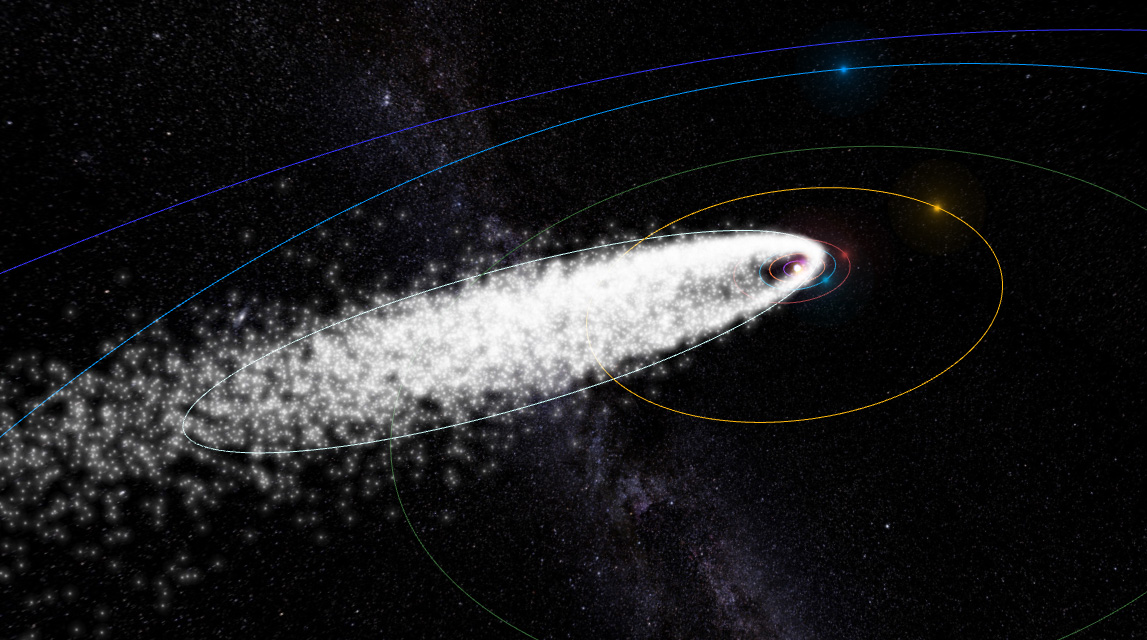
Meteor Activity Outlook for January 27-February 2, 2018
For morning observers the estimated total hourly rates should be near 8 as seen from mid-northern latitudes (45N) and 9 from the southern tropics (25S). The actual rates will also depend on factors such as...
 American Meteor Society
American Meteor Society


